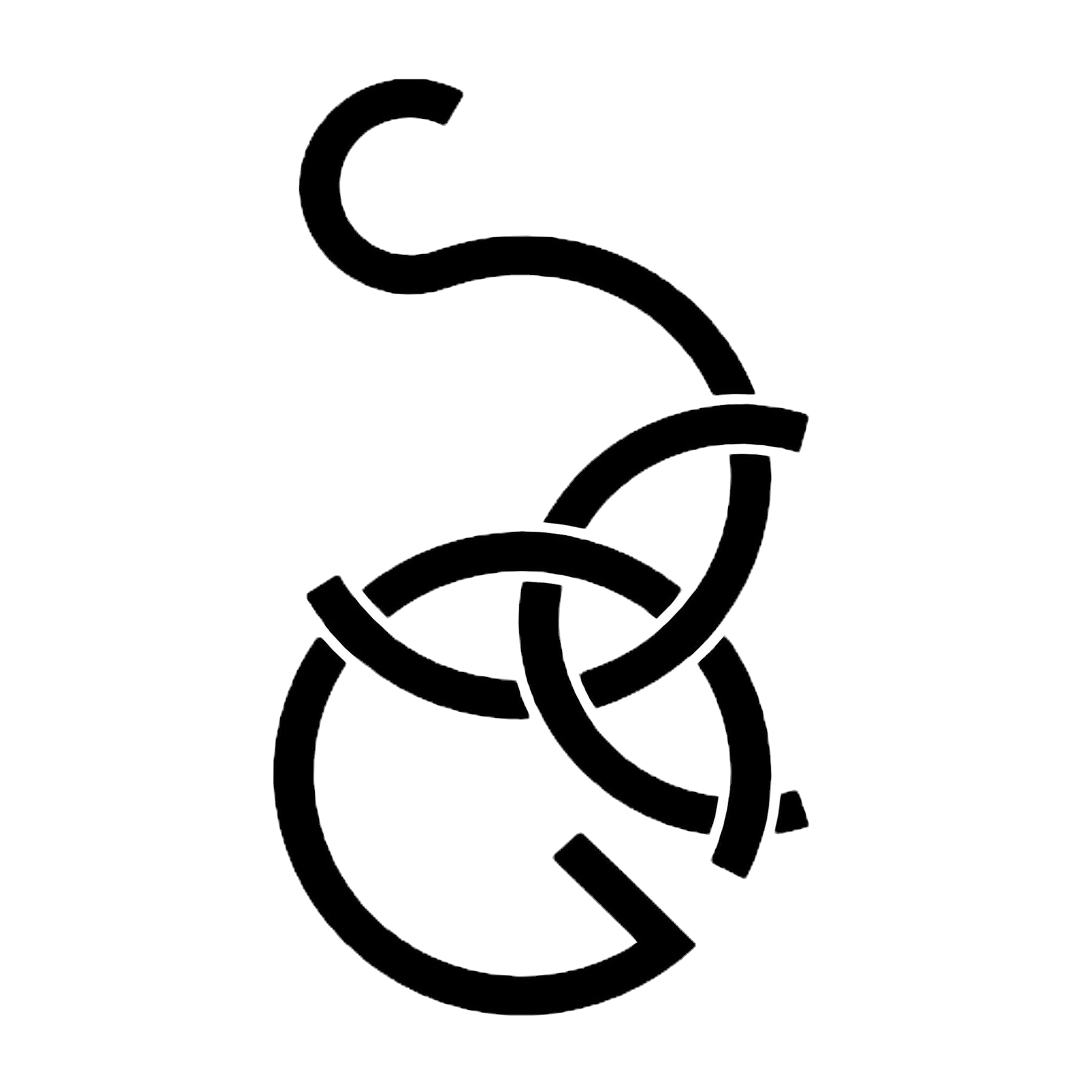Design is Art
- Jul 28
- 2 min read
Just like art, design is a mirror of its time—absorbing emerging technologies, new materials, and responding to social and environmental issues. It embodies modernity and offers a critical perspective on the contemporary world and its transformations. Through its ability to reshape reality, spark discussion, and evoke emotion, design infuses functional objects with artistic intention.
A designer’s role goes far beyond solving technical problems; instead, they offer a unique sensory experience and an original vision of the material world. Like artists, designers interrogate how we use objects, as well as their form, material, and relationship to space, all in the service of an aesthetic vision.
Creating with meaning and intention
Whereas art seeks to move, provoke, or challenge the viewer, design enriches everyday life by combining efficiency, beauty, and critical thinking. Designers, much like artists, look at the world with fresh eyes: through everyday objects, they express ideas, values, and sometimes even utopian ideals.
Personal vision and signature
Design is never neutral—choices around form, material, color, and function are always purposeful, reflecting the designer’s individual vision.
Design objects: art to be experienced and collected
Design has found its place in the world’s foremost contemporary art museums. From Gerrit Rietveld’s iconic chairs to the Arco lamp by the Castiglioni brothers, these creations prove that design can be contemplated and appreciated for its aesthetic value alone. Yet, where design often goes beyond traditional art is in its capacity to be experienced day-to-day: these objects invite us to interact, use, and engage with them.
Art and design both aim to transform our environment and the way we see the world. Design gives function to beauty; art elevates utility to poetry. Together, they create meaningful, and emotionally resonant universes they enrich a collection — an alliance that brings vibrancy to our living spaces, from furniture to architecture and all the objects that surround us.
